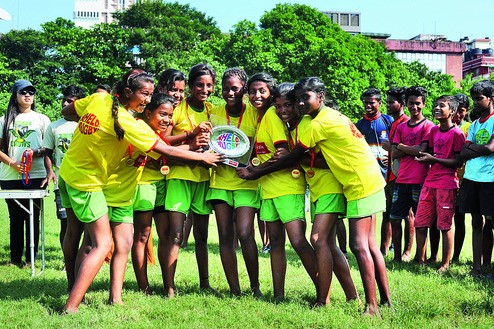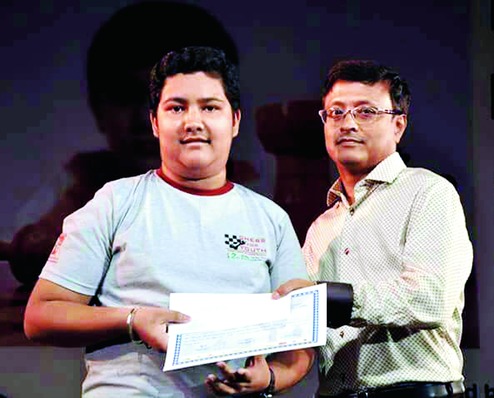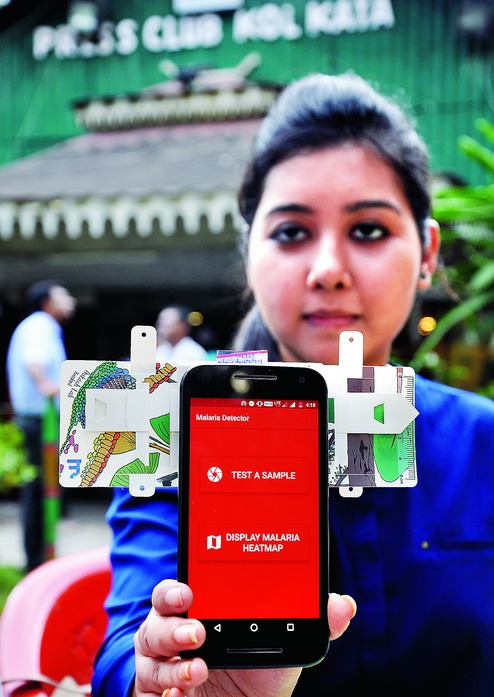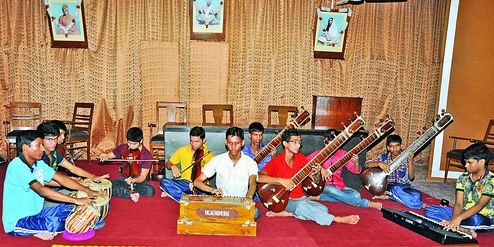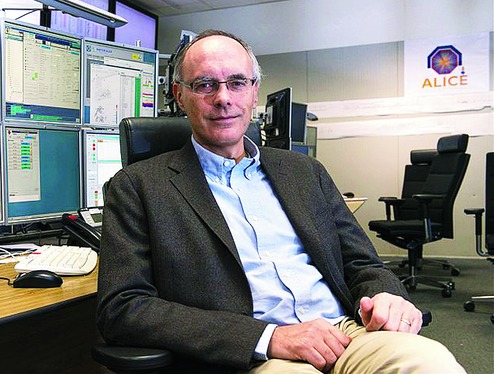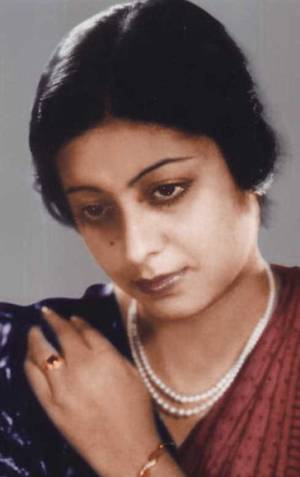
As the entertainment industry celebrates the birth centenary of Kanan Devi, let’s rewind to the life and times of the first melody queen of Indian cinema.
Kanan Devi, the melody queen and superstar of 1930s and 40s, was a remarkable personality. An epitome of beauty, glamour and grace and the recipient of the prestigious Dadasaheb Phalke Award (1976), Kanan’s life story (1916-1992) transcends that of Eliza Doolittle in “Pygmalion” and “My Fair Lady”. Her memoirs “Sabare Ami Nami” (I pay my respect to everyone) provides a fascinating account of her transformation from an unlettered slum girl into a much sought after social celebrity. The most astounding aspect of her persona was her grit, determination and courage which led her to attain the pinnacle of fame and glory and thus become a legend and an institution in her lifetime.
Kanan began her career as a child artiste Bala in Madan Theatres of Calcutta during the silent era. Her name may not mean anything to the present generation but in her times she was not only a melody queen but also a glamorous superstar of Indian cinema. She was the only artiste of the silent era to make a smooth transition to the talkies.
It was her superb performance in Radha Film Company’s Bengali production “Manmayee Girls School” that made Kanan famous. She was acclaimed by the media as the prettiest and most attractive singing star of the day. So much so, that even the renowned P.C. Barua offered her the role of Paro in his all time classic “Devdas”. Kanan could not accept the offer owing to her contractual obligations with Radha Films but she harboured the regret at not being a part of the film throughout her professional career.
An amateur singer when she joined cinema, Kanan received training in classical music from Allah Rakha, an eminent ustad from Lucknow. This qualified her to master light classical or semi-classical, including the ghazal form of singing. She learnt Rabindra Sangeet from Anadi Dastidar, kirtan from Dhirendra Mitra and Nazrul Geeti from Kazi Nazrul Islam himself. But above all, her real teacher was New Theatres’ R.C. Boral, the father of Indian film music.
Kanan Bala joined the elite New Theatres, Calcutta, in 1936 during its golden era. Debaki Bose gave her a prominent role in his masterpiece “Vidyapati” (1937). She dominated the film with her superb performance as Anuradha, a character created by Nazrul Islam. Her enchanting songs like “More angna mein aaye aali” along with lovely duets with K.C. Dey made her the leading singer-star of New Theatres. She followed up the astounding success of “Vidyapati” as a heroine opposite Barua in his hit “Mukti”. Kanan stunned the viewers with her charming performance as a sophisticated high society emancipated woman. Once again the music scored by Boral and the hit songs by Kanan added to her fame and popularity.
The culmination of Kanan’s career, however, was her appearance as K.L. Saigal’s heroine in the New Theatres’ greatest musical hit “Street Singer” (1938). Directed by Phani Majumdar with music again by Boral, the film was a runaway success all over India. It created a sensation in the film industry. Kanan Bala emerged as the melody queen and reached the zenith of her fame and glory. Kanan was now a celebrity and it was said that she carried honey in her throat. Saigal and Kanan had deep and genuine admiration for each other’s talents. Their enchanting duets, “Lachhmi Moorat daras dikha”, “Sanwariya Prem ki bansi bajaye” and “Sukoon dil ko mayssar gul-o-samar mein nahi”, still continue to haunt music lovers.
Kanan appeared in three other films “Sapera” and “Jawani Ki Reet” in 1939 and “Haar Jeet” in 1940 with stars like Pahadi Sanyal, Prithviraj Kapoor, Nawab and Najmul Hussain. All of them were moderately successful and none was a box-office hit. This temporary set-back in Kanan’s career was more than made up by the great success of “Lagan” where she again teamed up with Saigal and their melodious songs – four by Kanan and five by Saigal – proved to be popular hits.
Soon after this, Saigal left for Bombay and Kanan also left New Theatres. Later, she joined Barua’s M.P. Productions and appeared with him in the famous hit “Jawab” (1942). This film is remembered even today for its captivating numbers “Ae chand chhup na jana” and “Ye dunia toofan mail”. Its music was scored by Kamal Das Gupta, himself a reputed singer. Kanan Bala’s Hindi film career virtually ended with “Jawab” since her subsequent films like “Hospital” (1943), “Chander Shekhar” (1947) and “Faisla” (1947) did not attract audience.
Kanan Bala’s personal life was also quite eventful. She mentions in her memoirs how her first marriage with Ashok Maitra, the son of one of the most eminent educationists of Bengal, broke down due to the society’s reluctance to accept and recognise her as its dignified member. In 1947, she went abroad to educate herself with the goings on in the western world of cinema. She was glad to visit Hollywood and meet legends like Clark Gable, Spencer Tracy, Robert Taylor and others. On her return she resumed her professional career and worked in some films before setting up her own Shrimati Productions. In the meantime she married Haridas Bhattacharya, ADC to the then Bengal Governor in 1949, who also joined films as a director. Together, they produced many Bangali films till she retired from the industry in 1966.
It was quite an uphill task for Kanan Bala to transform herself into Kanan Devi in those days when women liberation was unheard of. She had to struggle and with her strong determination and independent personality, she virtually forced the society to shower their respect and esteem on her when she became a celebrity in her own right. In her old age, she fondly remembered her days at New Theatres, full of joy and laughter. She was deeply impressed with K.L. Saigal and had the greatest regard for him.
Kanan Devi virtually stopped singing after 1947. Her last concert was at the India House in London when she was invited by Shri Krishna Menon, the High Commissioner, to perform on 15th August 1947. She mentioned about it as the greatest moment in her life as a singer. Kanan inspired a whole generation of later day singers, the foremost being Lata Mangeshkar. She lived a full life both as an artiste as well as a woman. A great devotee of Lord Krishna, during her last years she spent most of her time in worshipping her lord and reading Geeta for her self-realisation and inner peace.
source: http://www.thehindu.com / The Hindu / Home> Friday Review / July 01st, 2016
